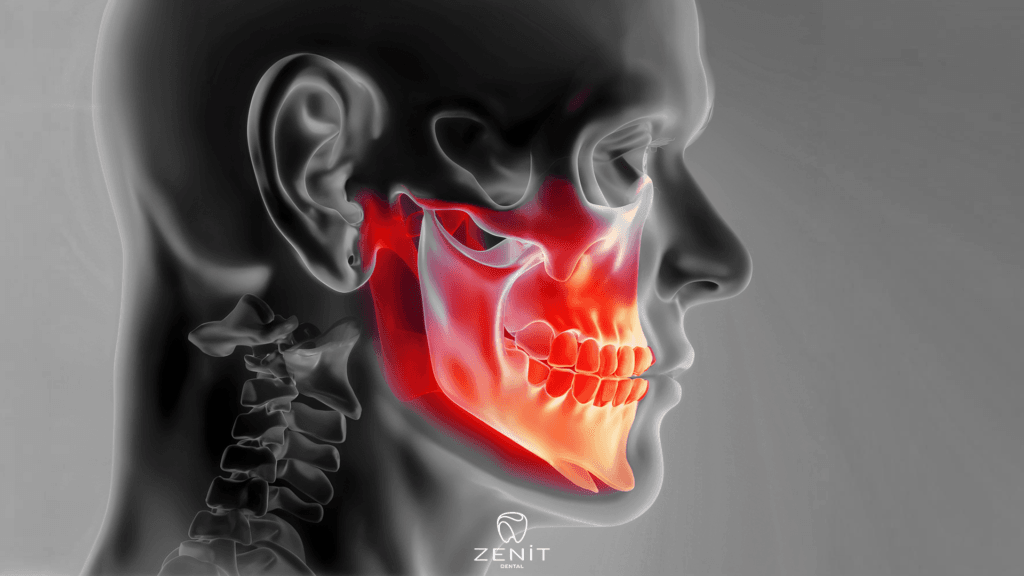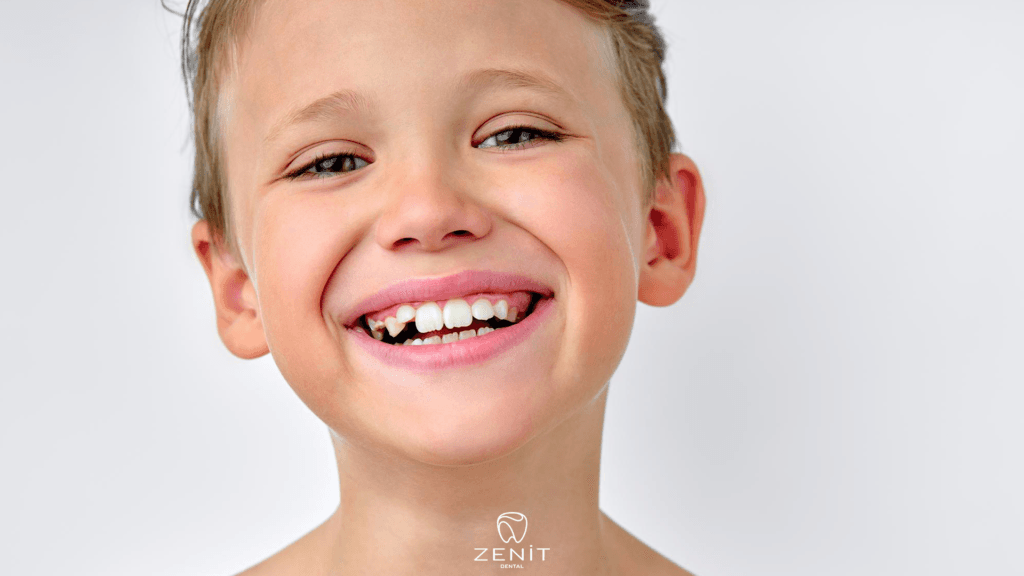Malocclusion is the clinical word for misaligned teeth. Which can result in oral health issues. Problems like overbite, underbite, crossbite, and overcrowding. Teeth become misaligned. It becomes difficult to execute essential oral tasks such as chewing, biting. But an orthodontist is unique educated to treat all forms of malocclusions. It can fix the way your teeth are arranging in the jaw. Orthodontic therapy employs many instruments. It procedures to realign the misaligned jaw and crooked teeth.
What Is Malocclusion?

Occlusion relates to the tooth’s alignment and how the upper and lower teeth fit together. The higher teeth should overlap the lower teeth somewhat. The tips of the molars must correspond with the grooves of the opposing molar.
This disease inherited. This indicates that it hands down across families. It may be the result of a size disparity between the upper and lower jaws or between the jaw and teeth. It causes overcrowding of the teeth and irregular biting patterns. This disease may also be cause of abnormal jaw structure. Another reason is congenital abnormalities such as cleft lip and palate.
Types Of Malocclusion

Class 1 is often the most prevalent kind of malocclusion. It characterized by a little overlap between the upper and lower teeth in an else normal bite. Class 2 characterized by an overbite between the upper jaw and teeth and the lower jaw and teeth. Class 3 malocclusion occurs when the lower jaw and lower teeth overlap the upper jaw and upper teeth. There are also different types of malocclusion. These are:
Overbite
Underbite
Crossbite Overcrowding
Spacing
Open bite
What Causes Malocclusion?

Occlusion relates to the tooth’s alignment and how the upper and lower teeth fit together. The higher teeth should overlap the lower teeth somewhat. The tips of the molars must correspond with the grooves of the opposing molar.
Malocclusion is inherit. This indicates that it hands down across families. It may be the result of a size disparity between the upper and lower jaws or between the jaw and teeth. It causes overcrowding of the teeth and irregular biting patterns. This disease may also cause of abnormal jaw structure. It is congenital abnormalities such as cleft lip and palate.
Sometimes, malocclusion can induced by other disorders that alter form or structure of the jaw, like:
Frequent pacifier usage as an infant or toddler
Thumb-sucking
Extensive bottle-feeding throughout childhood or infancy
A cleft lip/palate
A trauma that repositions the jaw.
Oral or jaw tumors
Substandard dental care Teeth that are irregular formed or affected
How Is Malocclusion Diagnosed?

Malocclusion is often diagnosed by dentists and orthodontists. X-rays, impressions (a poured with plaster to create a model of mouth for take size of tooth.) and digital scans of the teeth and bite may use to detect this disease. A correct diagnosis is essential for determining therapy objectives. Malocclusion is prevalent, but it is often not severe enough to warrant therapy. Malocclusions defects that are more severe may need orthodontic or surgical therapy.
Aim of orthodontic therapy is to functional and pleasing alignment of the teeth. Hence improving the patient’s oral and all health. You can also visit http://smileaesthetics.in/ for more information.
How Is Malocclusion Treated?

Braces are one of the oldest and most effective treatments for this disease. Sometimes, specific teeth must pull before beginning orthodontic treatment in children and adolescents. Straightening your teeth and jaw with braces will improve your smile and bite. Your orthodontist may recommend metal, ceramic, or lingual braces for you. It depends on the severity of your dental malocclusion.
Removable orthodontic devices use for the treatment of this disease. Because they have some ease. They are often built for you. Retainers and headgears are both instances of detachable devices. Retainer trays preserve the proper alignment of teeth. Especailly after orthodontic procedures such as braces. The length of therapy determines on the severity of the aberrant bite.
Invisalign may cure every kind of malocclusion. Like including underbite, open bite, overbite, and crossbite. It is a set of aligner trays made of transparent plastic. So, others cannot see it. Invisalign are removable and must worn for 20 to 22 hours each day. During this period, it applies pressure to the teeth and jaw to ensure perfect alignment. Invisalign gives you with a precise and discreet smile makeover.
Orthodontic treatment lasts up to two years, although in the case of an adult, it may take longer. If you are an adult and your orthodontist recommends jaw surgery. You can also seek a second opinion to help you make the best option possible.











